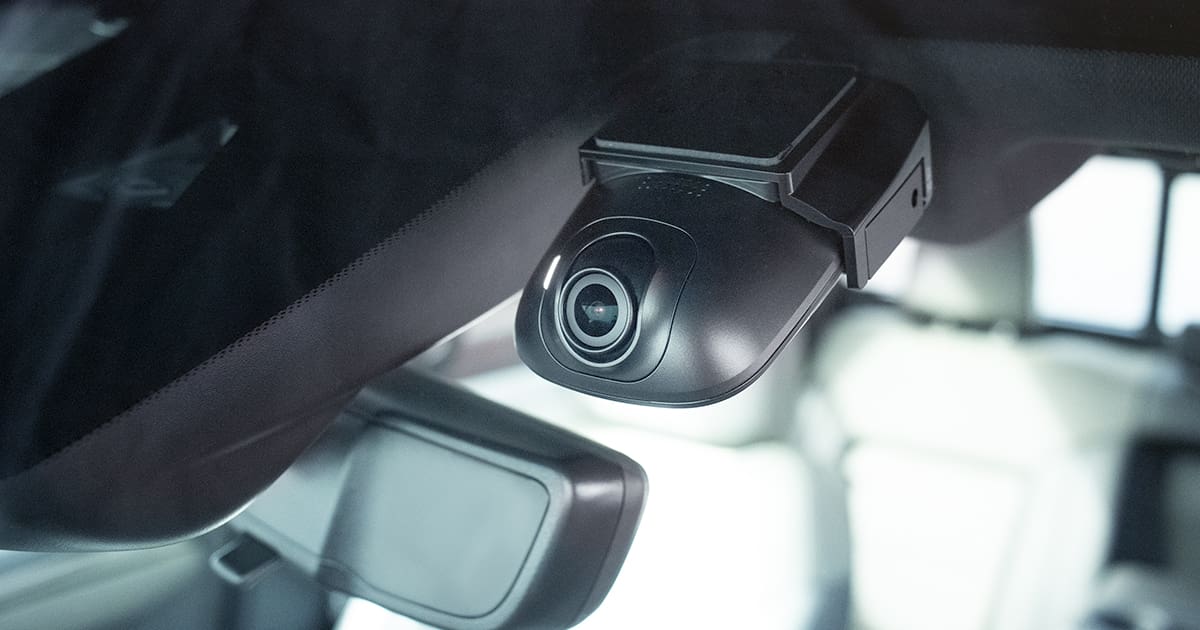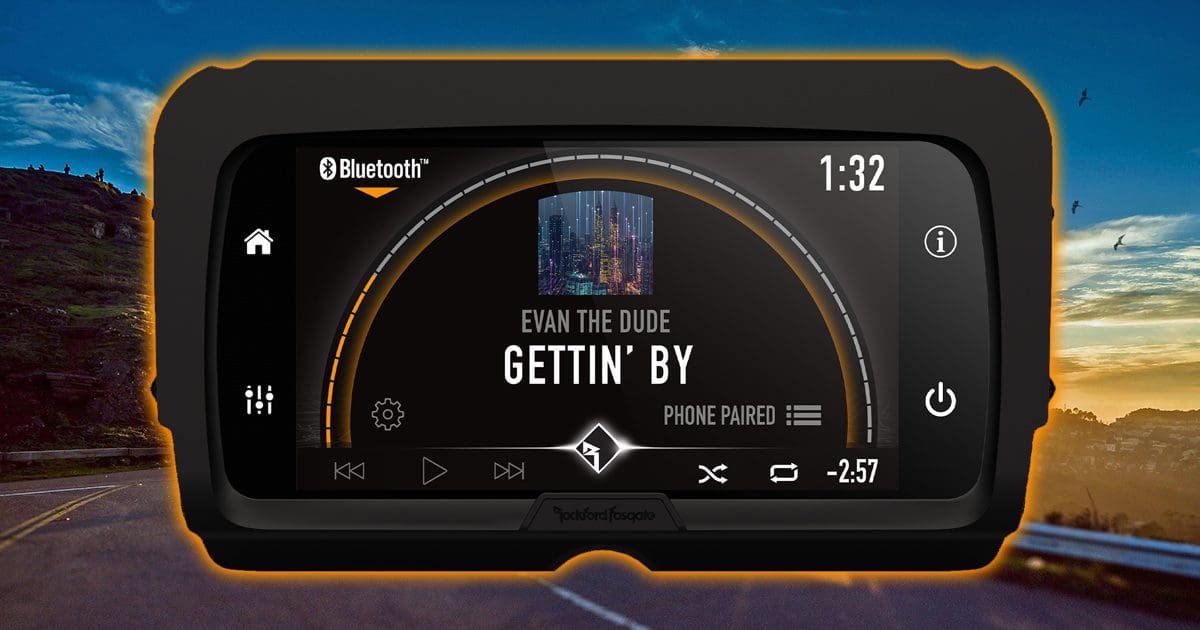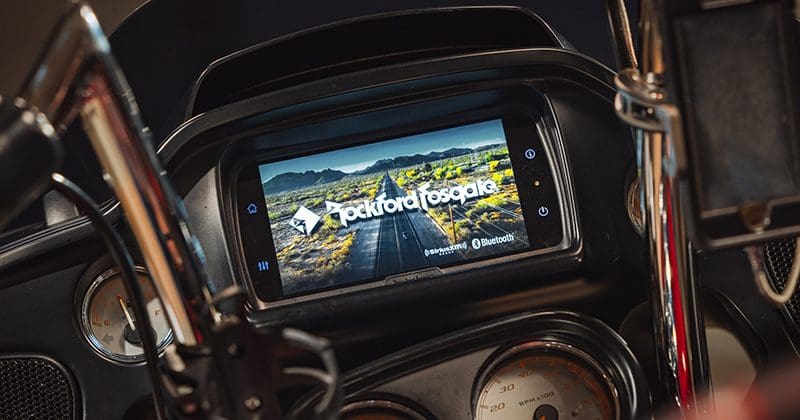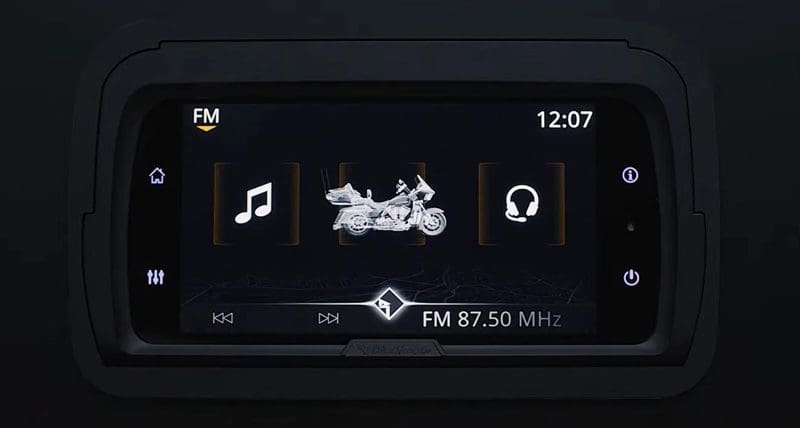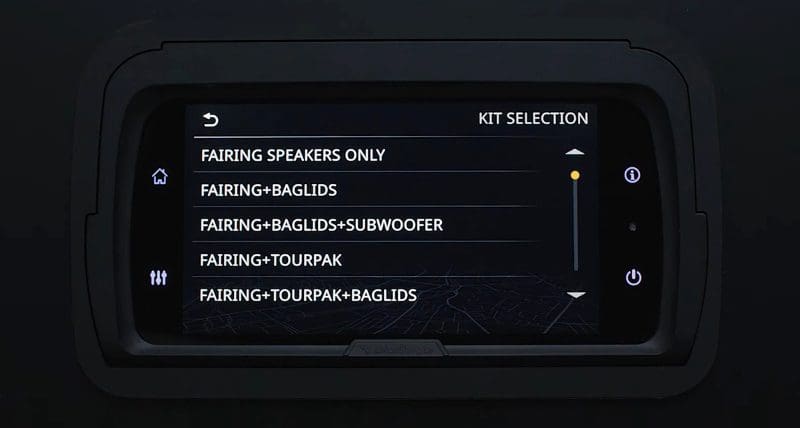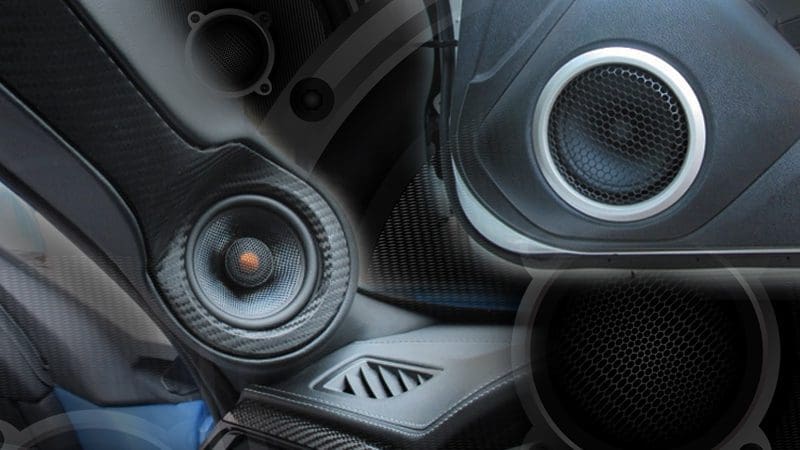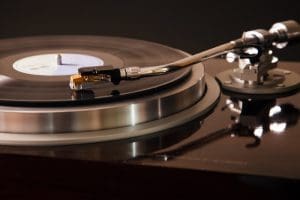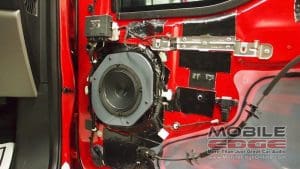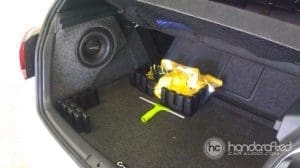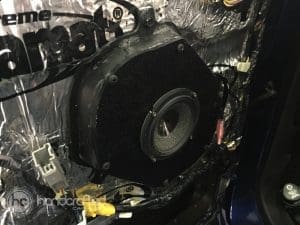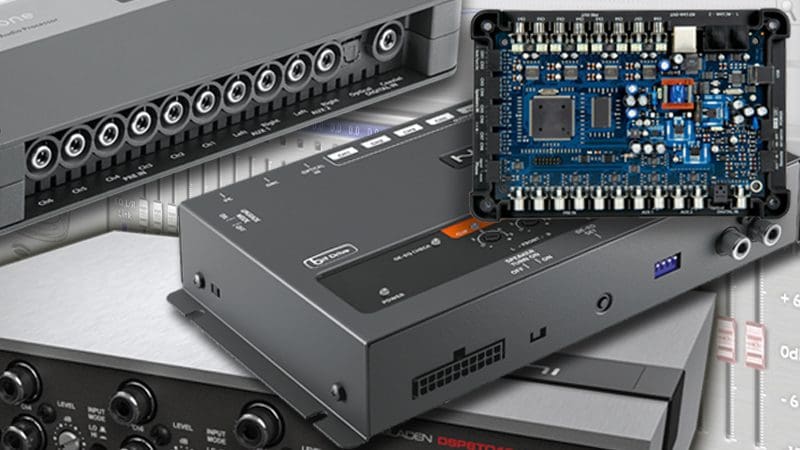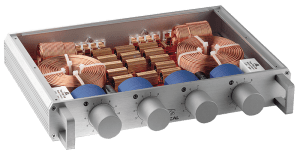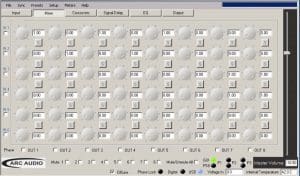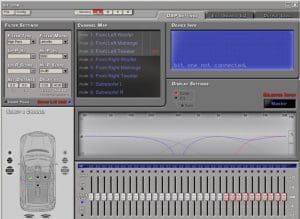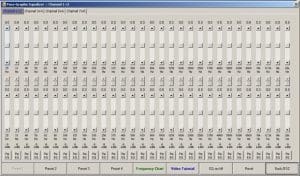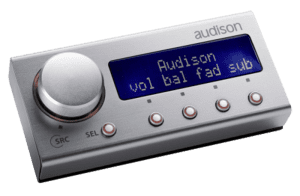If you’re a regular visitor to BestCarAudio.com, you should be familiar with dash cams and smartphone-based remote vehicle control solutions like Drone. Imagine combining the features of both units into one product and then adding live video streaming capabilities! The new Drone XC-LTE 2K QHD dash cam with LTE, GPS and Wi-Fi does precisely that. Let’s check it out!
What Is the Drone XC-LTE Dash Cam?
There are a lot of features and design elements to unpack with the Drone XC-LTE. The unit has a footprint of 4.2 by 2.8 inches with a thickness of 1.5 inches. A vertical mounting orientation on the windshield minimizes obstruction.
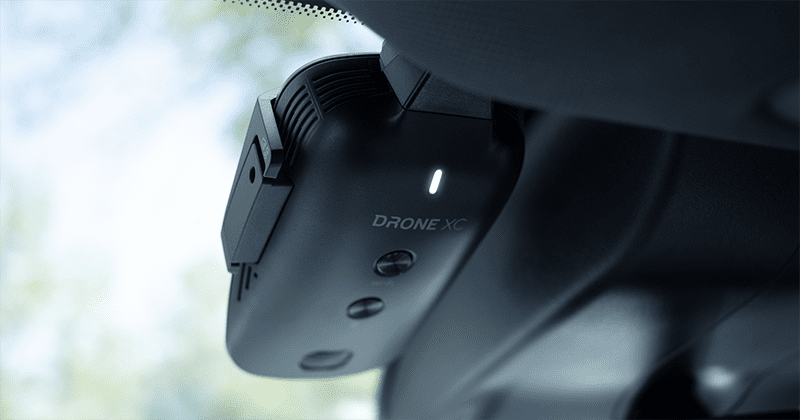
The XC-LTE uses a Sony STARVIS image sensor for excellent contrast and low-light performance. The sensor is mated to a wide 154-degree lens to allow recording well off to the sides of the vehicle. The camera records at a 2K Quad HD resolution of 2560 by 1440 pixels at 30 frames per second. A built-in Wi-Fi transceiver lets you download stored videos to your smartphone.
Firstech includes a high-quality 64 GB microSD memory card to ensure reliable recording. Upgrading to a 128 or 256 GB memory card allows the system to store more data. The system also accepts a secondary camera input signal. Your installer can add the XC-RC100 rear-facing or the XC-IR100 infrared interior cameras. The interior camera is very popular with taxi, Uber and Lyft operators. The parking mode feature allows it to monitor the visible area continuously and then record when something or someone enters its field of vision.
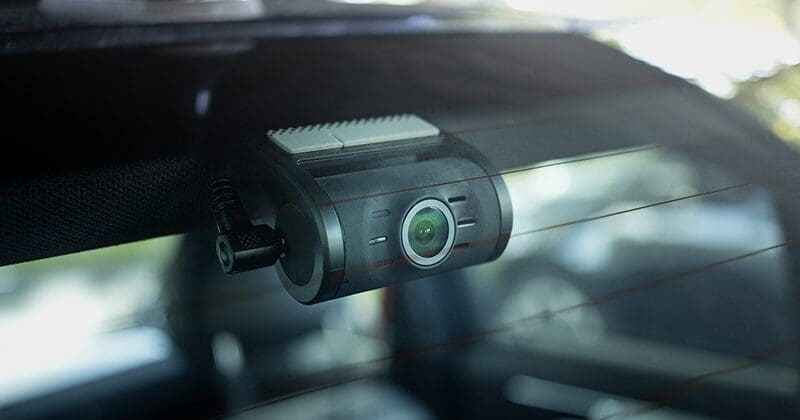
What makes this dash cam unique is the ability to view live video on the DroneMobile app on your smartphone using an LTE cellular data connection. You can see exactly what the camera sees on your phone. The system uses an LTE data connection to transmit video. As long as your phone can access the cellular data network, it doesn’t matter where it’s parked or driving. Remote live-viewing capability is a feature people have been requesting for years.
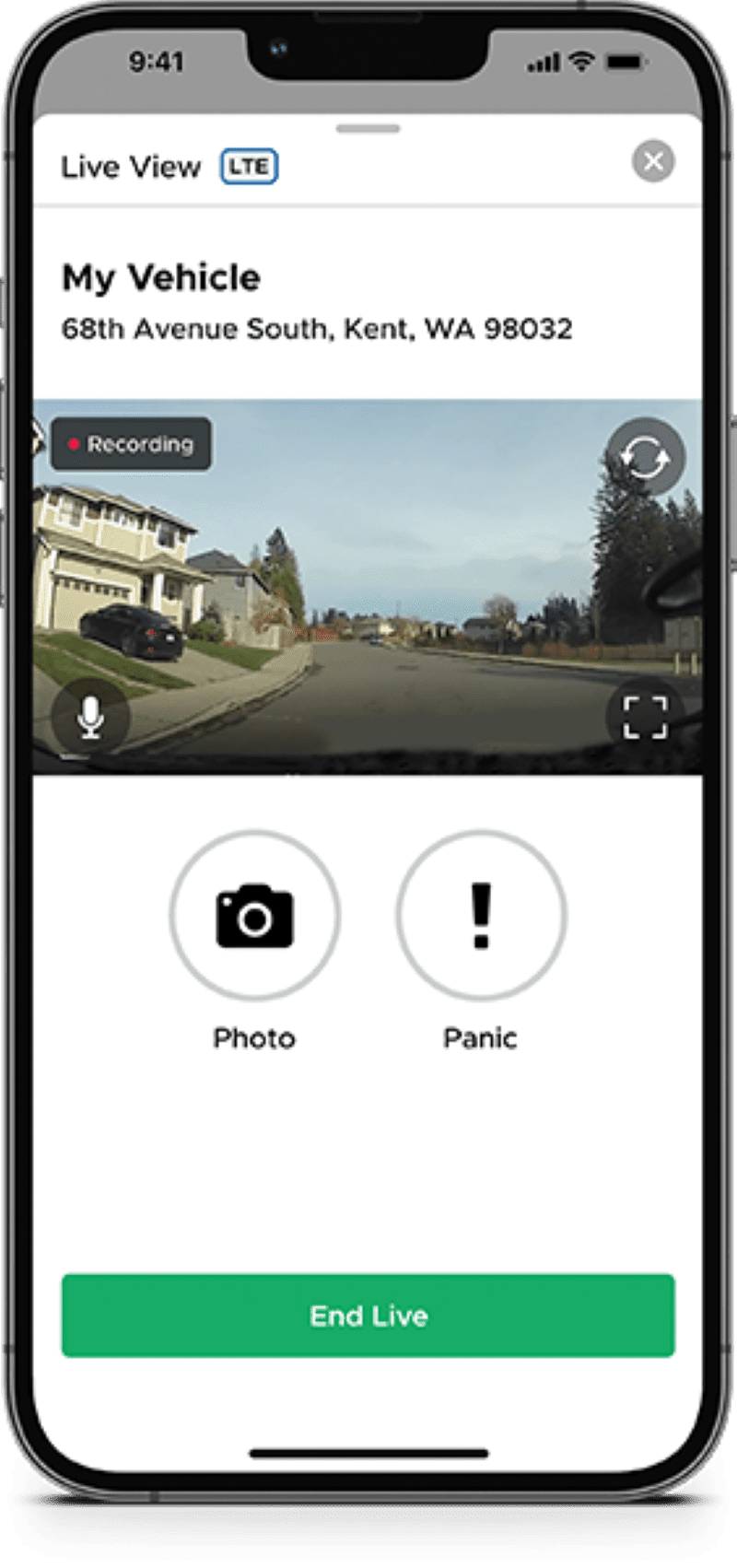
Regarding live-feed details, the video stream has a resolution of 960 by 540 pixels. Depending on your chosen service package, you get 1 or 2 GB of cloud storage for important videos you tag via the DroneMobile app.
Drone Vehicle Control
While the excitement of the remote video viewing is the highlight of the Drone XC-LTE, it’s crucial to remember that this is still a Drone vehicle control interface. When paired with a compatible control module from Compustar, Arctic Start, FTX or NuStart, you can use the DroneMobile app on your phone to lock and unlock your vehicle or start the engine. You can even pop the trunk or open a sliding door or motorized hatch in many applications.
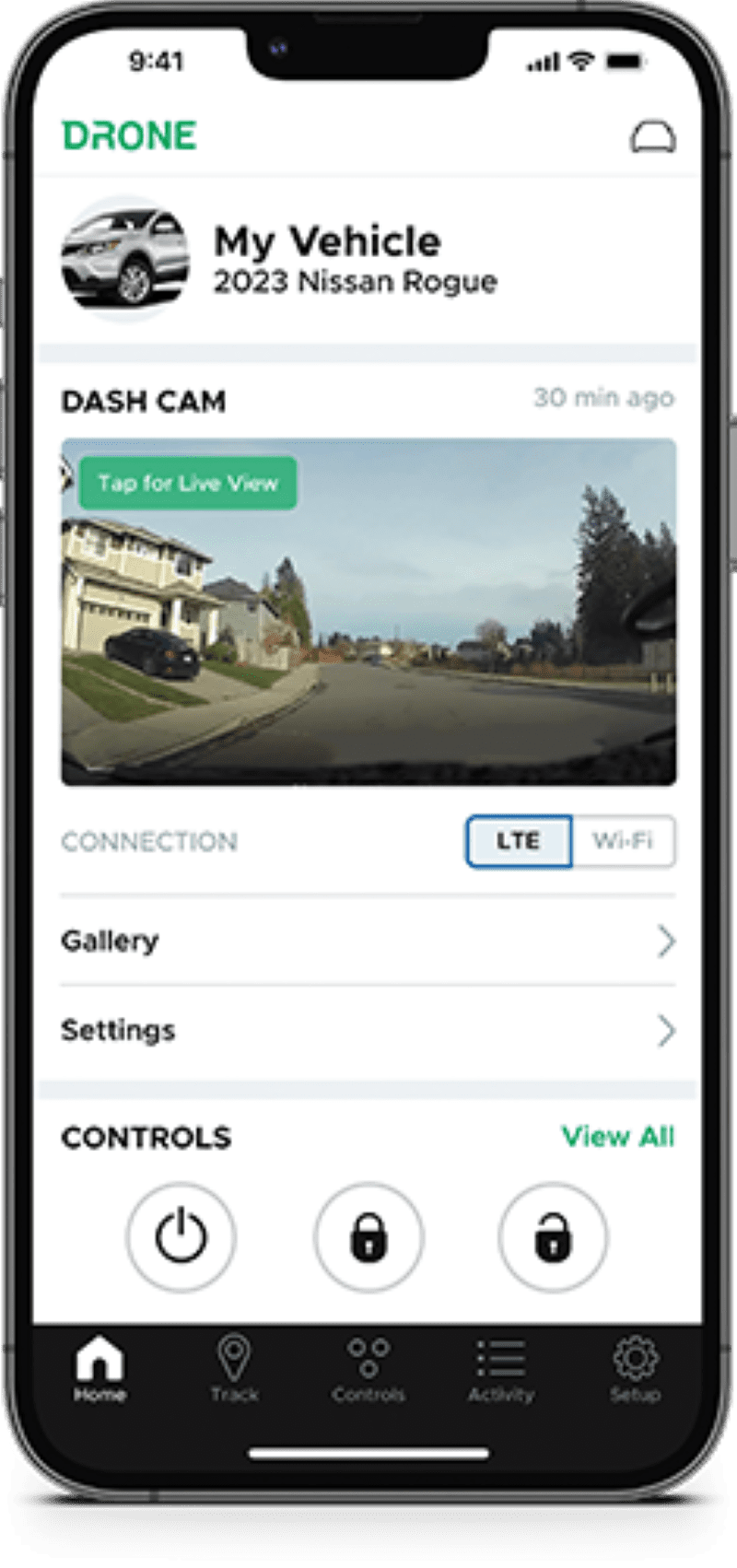
The Drone XC-LTE acts like the DAS-II sensor to detect impact, tilt, motion and glass breakage. Any of these triggers will instantly send a notification to your smartphone. You can use the LTE streaming feature of the dash cam to look around your vehicle to find out what’s going on. The DroneMobile app also allows you to trigger the Panic feature to scare away would-be thieves or the neighbor’s cat.

The system also functions as a vehicle-locating or -tracking solution with one of the GPS-enabled Drone service plans. You can configure speed-based warnings to monitor vehicle operation. Location-based notifications, often called geofencing, are also available. These warnings tell you when the vehicle enters or exits a specific area or location.
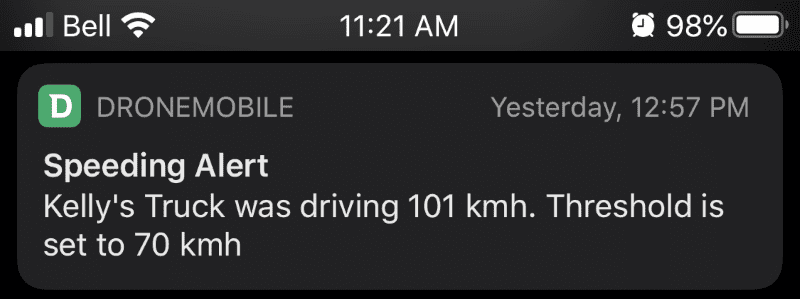
See Why Your Car Alarm Triggered
Most of us are familiar with hearing car alarm sirens, getting a security alert from a two-way remote key fob or perhaps seeing an alarm notification on our smartphones. We all want to know what is happening in and around the vehicle. With the new XC-LTE, you can open the DroneMobile app and see what the cameras see in real time. There’s no need to leave the house or your office. You could be on vacation in the Caribbean and check on your car or truck from the pool while sipping a mojito or enjoying a beer.
The XC-LTE is ideal for commercial equipment left on a job site or in a company-owned service or delivery vehicle. The XC-LTE is a perfect solution if you rent your car or truck on Turo or Getaround and want to see where and how the renter uses your vehicle.
The Best Vehicle Monitoring and Control Solution
The Drone XC-LTE is the first aftermarket dash cam solution with live view capabilities that can integrate with a car alarm or remote start system to provide vehicle control and monitoring. You can also use the system as a stand-alone dash cam with remote live viewing. Your local Compustar retailer can explain the remote control and live-view service plans and the features they offer. To find an authorized Drone retailer near you, use the locator tool on their website. For more information about Drone solutions, visit their YouTube channel, Facebook page or Instagram. Check back frequently, as a full Test Drive Review of the Drone XC-LTE is coming soon.
This article is written and produced by the team at www.BestCarAudio.com. Reproduction or use of any kind is prohibited without the express written permission of 1sixty8 media.
